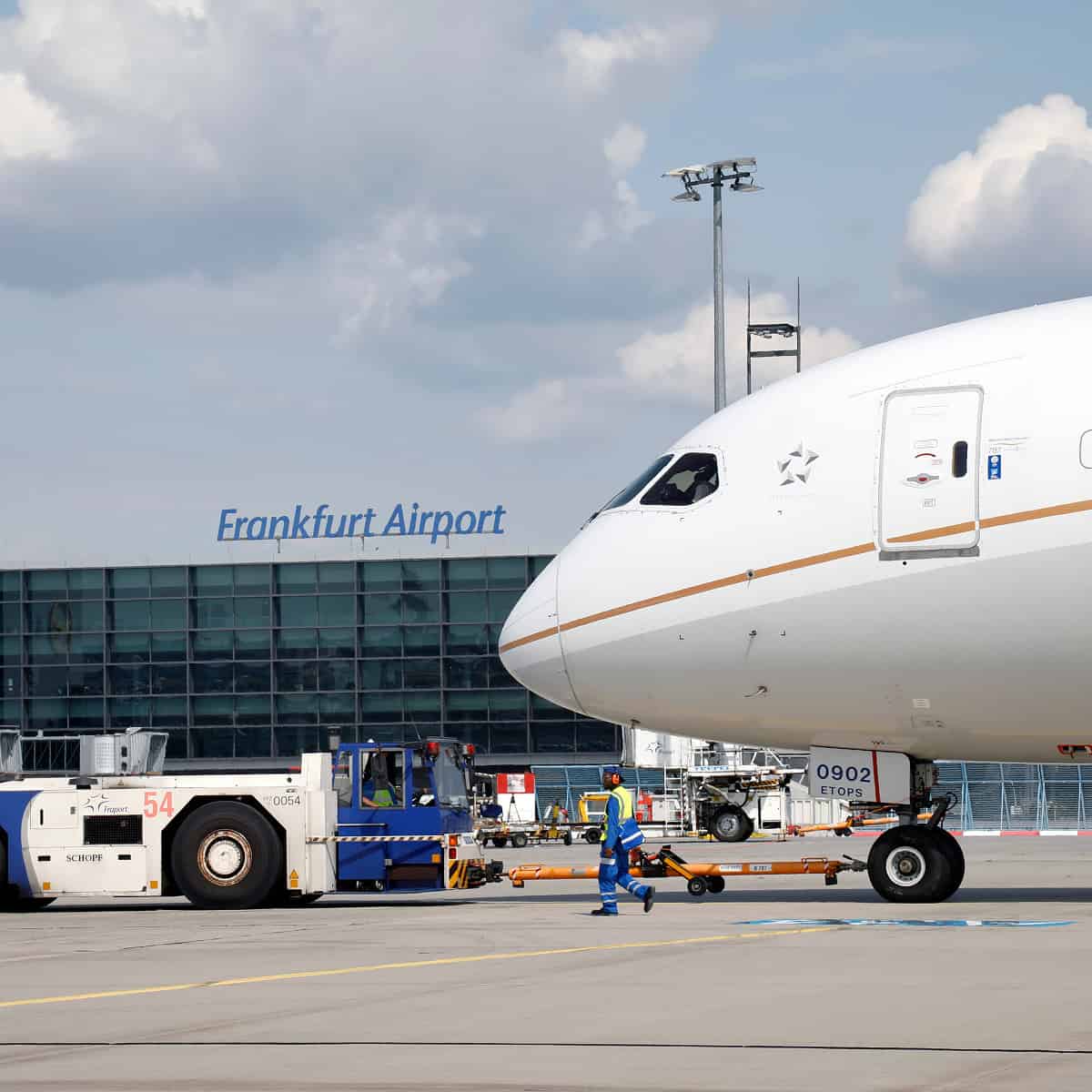It’s the largest airline in the United States. Every day tens of thousands of Americans, foreigners, tourists, visitors, and business travelers trust this airline with their life. American Airlines is a member of the Global One World Alliance. Do passengers know about American Airlines (AA) policy of striking a “balance” between safety and returning aircraft to revenue service may be an aviation disaster in the making?
Today, February 24, 2015, in the United States District Court for the Northern District of Illinois Eastern Division, Case Number 1:15-cv-006552 was filed and is presiding in front of the Honorable Joan H. Lefkow.
This lawsuit may possibly prevent such a possible airline disaster in the making if dealt with immediately.
Here are the details:
Defendant American Airlines, Inc. (“AA”) is a corporation duly organized and existing under the laws of the State of Delaware, having its principal place of business in Fort Worth, Texas. AA operates as a “common carrier” by air. AA conducts daily flights into and out of the airport located in O’Hare International Airport. AA operates line station and hangar maintenance operations in and around the O’Hare International Airport.
Gary Peterson, Brian Friedman, William Carpenter and Steven Losos and the Local 591 Transport Workers Union of America are the plaintiffs in this action and allege:
In order to improperly keep airplanes in revenue service, Aviation Maintenance Technicians (“AMTs”) at stations throughout the AA system have been subject to ongoing pressure from AA management representatives to commit maintenance fraud, disregard maintenance discrepancies, deviate from federally- mandated maintenance procedures, abstain from required lightning strike and bird strike. inspections, and otherwise violate federal aviation standards.
AA management representatives have responded to the plaintiffs’ efforts to represent their members regarding these matters with: 1) threats of discipline, including termination, 2) threats of arrest, 3) threats of station closure and/or reduction of staff, 4) unlawful surveillance of the plaintiffs’ efforts, and 5) a refusal on the part of AA to make every reasonable effort to settle all disputes with respect to these issues.
Plaintiffs continue to allege:
AA’s recent history has been plagued by unlawful maintenance practices compromising passenger safety. In April 2008, the Federal Aviation Administration (“FAA”) found AA to have engaged in faulty wiring practices that required the grounding of its entire MD-80 fleet. In July 2012, the FAA filed claims against AA in bankruptcy court seeking record fines for faulty maintenance practices, including (a) using Boeing 757 aircraft in revenue service without required wiring repairs, (b) failing to properly overhaul the main landing gear on approximately 30 Boeing 777 jets, (c) performing unauthorized engine repair work on Boeing 767 jets that were nonetheless released into revenue service.
On May 31, 2013, United States Bankruptcy Court Judge Sean H. Lane approved an AA/FAA settlement reducing FAA proposed fines of $156,506,575.00 to $24,000,000 based, in part, on AA’s commitment to comply with its In Accordance With (IAW) program and industry best practices.
Notwithstanding the requirements of Federal Aviation Regulations (“FARs”), the AA/FAA settlement agreement, and the IAW program, AA-employed AMTs have been subject to increasing pressure to engage in unlawful and even fraudulent maintenance practices in order to keep AA aircraft in revenue service.
Chicago-based AMTs reported conflicts with management based on their determination to properly repair such items as cracked auxiliary power unit (APU) fuel drain shrouds, radomes with substantial erosion damage, lightning strike damage, hydraulic leaks, and contaminated EWIS (electronic wiring interconnection system) wiring.
AA also suddenly removed all Inspectors from its Wide-body B-Check lines, a practice that had been in place since AA introduced Wide-body aircraft to its fleet, and insisted that AMTs perform what had been the Inspectors’ work without any supplemental training in the completion of inspection work and with no incremental increase in AMT manpower to accommodate the additional workload.
Shortly after the change, DFW AMTs complained that the performance of unfamiliar work would result in delays in evaluating and resolving maintenance discrepancies.
In response, AA Regional Maintenance Director Edward Sangricco made statements to DFW AMTs that the AMTs should not worry about missing maintenance discrepancies due to the absence of Inspectors since the FAA would not punish them for such omissions. Subsequently, when the delays in evaluating and resolving maintenance discrepancies occurred, AA had the 777 B-Check, which had been performed at DFW since the airline took delivery of the 777, transferred to MIA.
In a stark reversal of required practice, AA Regional Maintenance Director Evita Rodriguez also advised AMTs that they should not initiate aircraft lightning strike inspections based on their detection of lightning strike damage in the course of their assigned work. Instead, Rodriguez and other management representatives directed that in the absence of a pilot report, AMTs should only initiate a lightning strike inspection if they actually saw the aircraft struck by lightning. Since AA policy at ORD requires the suspension of maintenance operations when there is lightning within five miles of the airport geographic center, Director Rodriguez’s new policy would effectively eliminate AMT-initiated lightning strike inspections.
AA Regional Maintenance Director Evita Rodriguez stated to AMTs that she could put every AA aircraft out of service based on maintenance issues and that the AMTs had to strike a “balance” between FAR compliance and “performance” because “I need my airplanes to go out in the morning.” As an indication of the practices she wanted the AMTs to adopt, she explained that, when she was an AA AMT, it was “common practice” to sign documentation attesting to the dumping of Airbus fuel tanks without actually performing the work.
AMTs were also warned by an AA management representative that if the number of airplanes out of service did not decrease, AA Vice President of Line Maintenance Paul Wroble would dramatically reduce the maintenance staff as he had previously done at Northwest Airlines.
Several Chicago-based AMTs reported to the plaintiffs that they were
subject to threats and discriminatory treatment based on their efforts to comply with the FARs and the IAW program. A central element of the discriminatory treatment involved the placement of these AMTs on a “rogues list” both to stigmatize them and to curtail their ability to detect and report aircraft maintenance discrepancies.
Shift managers and other management representatives acknowledged that their implementation of discriminatory assignment practices, designed to steer certain AMTs away from aircraft maintenance, was for the purpose of punishing these AMTs and reducing maintenance write-ups.
Several AMT advised that they were afraid to come to work, felt physically ill due to workplace stress, and felt increasing pressure to refrain from reporting maintenance discrepancies.
The United States Department of Labor transmitted a copy of the October 6, 2014, AIR 21 complaint to the FAA, which initiated its own investigation of the complainants’ allegations. After obtaining statements and documentary evidence supporting the complainants’ allegations, the FAA broadened its investigation and has assigned at least four FAA investigators to the matter.
AMTs were being subjected to retaliatory action for reporting safety violations, including: an AA supervisor’s fraudulent sign-off of maintenance work, the presence of expired oxygen canisters and missing equipment on aircraft that had just been released from a C-Check performed by Chinese vendor HAECO, improper maintenance on a cabin door seal, cracked engine pylons, defective blocker doors, unfixed cove panel doors, and the simple painting over of damage and removal of silver aluminum identification decals with no corrective action taken on aircraft also recently released from HAECO C-Checks, all of which were flown in revenue service with flight crews and passengers onboard.
On February 5, 2015, AA Maintenance and Engineering Compliance Manager Jim Norman confirmed that AA had received an FAA Letter of Investigation regarding a rejected takeoff for aircraft 7BA due to the failure to properly address a discrepancy related to the presence of entangled rope in the aircraft’s steering mechanism. The responsible AMT told both Norman and the FAA that he had been pressured to return the aircraft to revenue service by AA management.
AA’s failure to disavow and remediate its unsafe maintenance practices, even in the face of growing FAA confirmation that these practices are unlawful, heightens the public interest in ensuring that the plaintiffs’ rights to represent their AMT members is protected.
The plaintiffs’ ability to defend safe maintenance practices as the number one priority, in opposition to Director Rodriguez’s policy of striking a “balance” between safety and returning aircraft to revenue service, may be the only thing standing in the way of an aviation disaster.






















